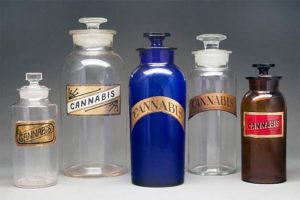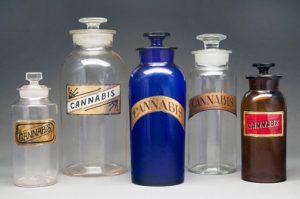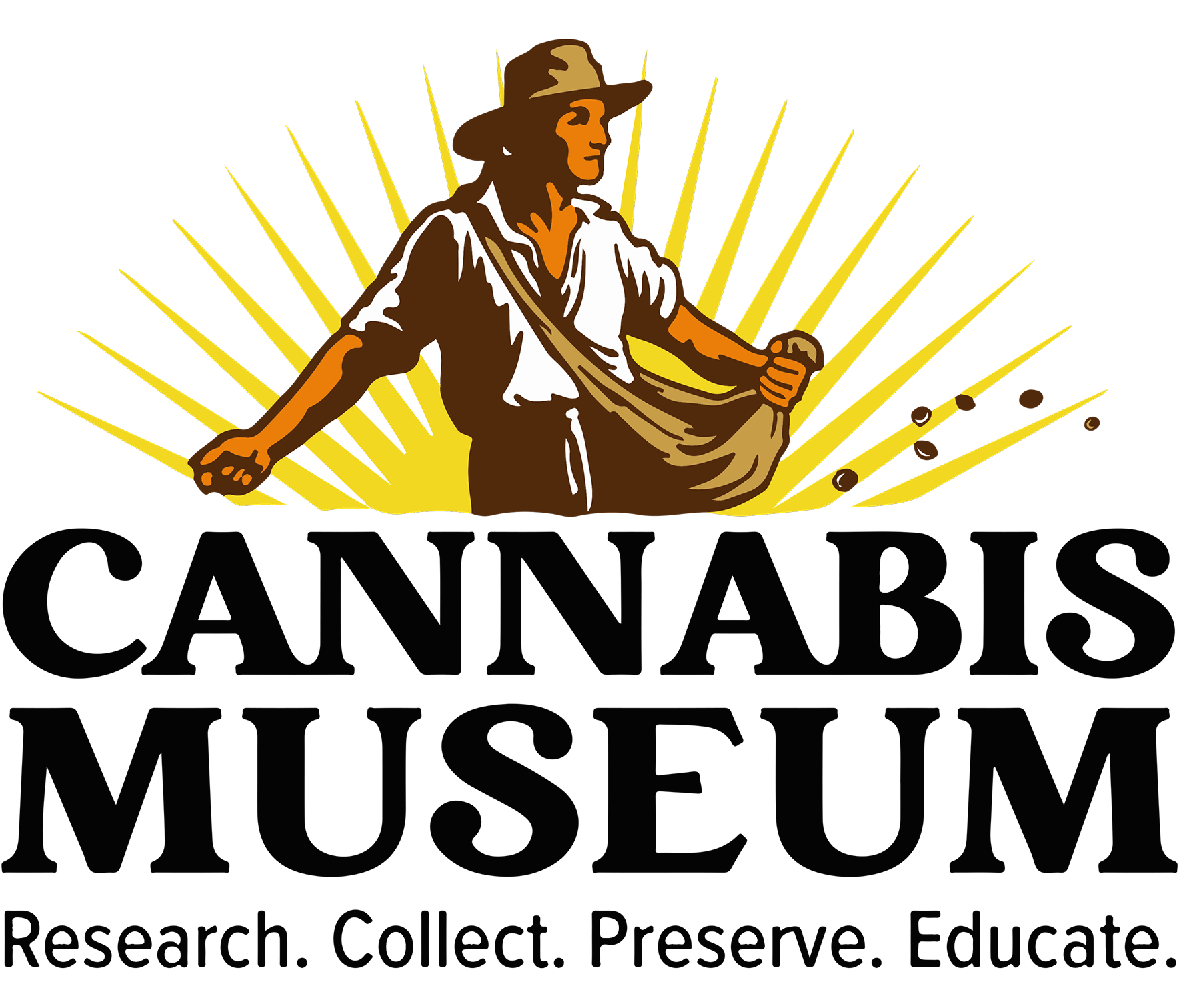Cannabis Herb Apothecaries

Cannabis, the generic term for the dried flowers of the Cannabis plant, is commonly used in ancient folk remedies from many cultures. Cannabis remained one of the top half dozen compounding herbs until its U.S. prohibition in 1937. These compounded medicines were measured, reproducible blends of naturally occurring plants, or parts of those plants.
Folk remedies are often the foundation of modern medicine that are developed and refined over many centuries. Dr. William O’Shaughnessy (1809-1889) first introduced the use of Cannabis to modern Western medicine after studying its use in India. Cannabis is used internally for menstrual pain, headaches, arthritis, as a soporific, an agent that induces sleep, and in scores of other compounded medicines. External use included corn cures, liniments, poultices, balms and salves—and prized for its deep-green color for dyes.
Herbal Cannabis was also used for making tinctures and infusions. It was considered inexpensive and was often a good daft, or filler, in other products. Cannabis was mixed with smoking tobacco for centuries. Nearly every corner drugstore carried Cannabis americana in the early twentieth century and it was generally cheaper than tobacco. Offering it in premade one-ounce packages, The Parke-Davis Co. priced its premium Cannabis americana at $1.65 per pound in its 1910 catalog.
 Left to Right:
Left to Right:
Cannabis, mid-nineteenth century flint glass mouth blown bottle. The cove shouldered glass bottle has a pontil scar that was likely made in a wooden mold. The one-piece stopper is ground to provide an airtight fit to the elegant neck and stopper. An applied glass label dates to the mid-1800s.
Cannabis, large, salt-necked jar at the left, a mouth blown flint glass, was made with a one-piece mold, most likely wooden, and measures 14″ tall. The pontil scar is even and smooth, and the stopper was blown in a two-piece mold. This bottle, a counter standard, was in use for almost a century.
Cannabis, deep blue bottle, 11″ tall, with a polished flat top and a ground stopper made in a two-piece mold. The pontil scar appears to have been ground out. These deep blue bottles, which were created by adding cobalt oxide to the glass mix, were expensive to make, but were very popular until the 1940s. This bottle dates to the early 1880s. An arched label, gold leafed with a red side and bottom band, is hand lettered and painted in a flat black, which was a typical characteristic of a shop painted sign.
Cannabis, flint glass bottle, 12½” tall, has a tight fitting mushroom-patterned stopper that was ground to fit the salt neck. The label, a simple hand printed gold banner, is in a standard sign script.
Cannabis, brown glass bottle, 10″ tall, was created by adding sulfide of copper and sulfide of sodium to the glass mix. It has a salt neck and a tight mushroom-patterned stopper. The recessed glass label, red with a gold band, has its base embossed with W.T. Co. U.S.A. The bottle was made sometime between 1890 and 1903.
